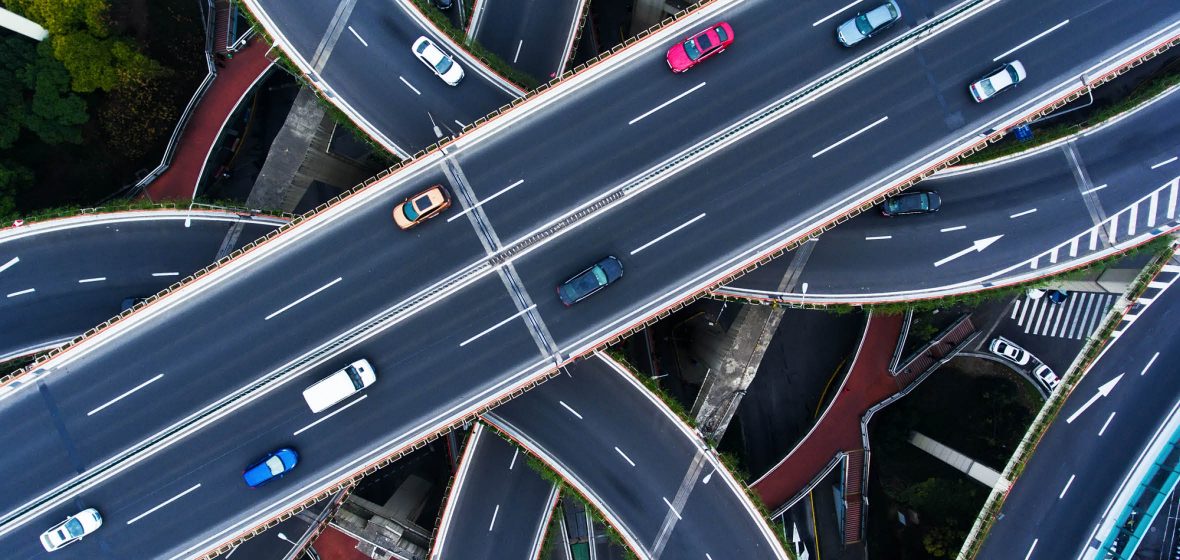Snapshot
- The Heavy Vehicle National Law or ‘Chain of Responsibility’ places legal obligations on all parties in the supply chain to regulate the operation of heavy vehicles in relation to mass, dimension, load restraint, driver fatigue management, speed compliance and roadworthiness.
- Amendments to the law aim to strengthen the overarching and positive duty of care imposed on parties in the supply chain.
- The amendments come into force on 1 October 2018, leaving a small window open to ensure your clients’ businesses are up to speed.
There are news reports on incidents involving heavy vehicles on Australia’s roads almost daily. Safe heavy vehicle practices not only protect the drivers, transport operators and other road users, they also serve an economic purpose of minimising damage to road infrastructure and preventing damage to property.
To promote the safe operation of heavy vehicles, a legislative regime commenced in 2014 under the Heavy Vehicle National Law (‘HVNL’). The HVNL was originally enacted in Queensland, but New South Wales, the Australian Capital Territory, Victoria, Tasmania and South Australia have each applied the HVNL within their respective jurisdictions.
Western Australia and the Northern Territory are not participants in the HVNL but Western Australia has its own legislation broadly based on the principles underpinning the HVNL.


